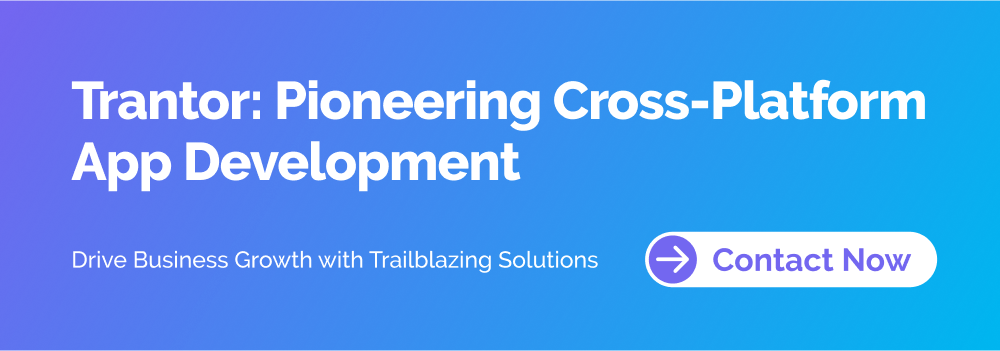Mobile App Development, zBlog
Flutter vs React Native: How to Choose the Best Framework for Your App in 2024
atif | Updated: September 26, 2023
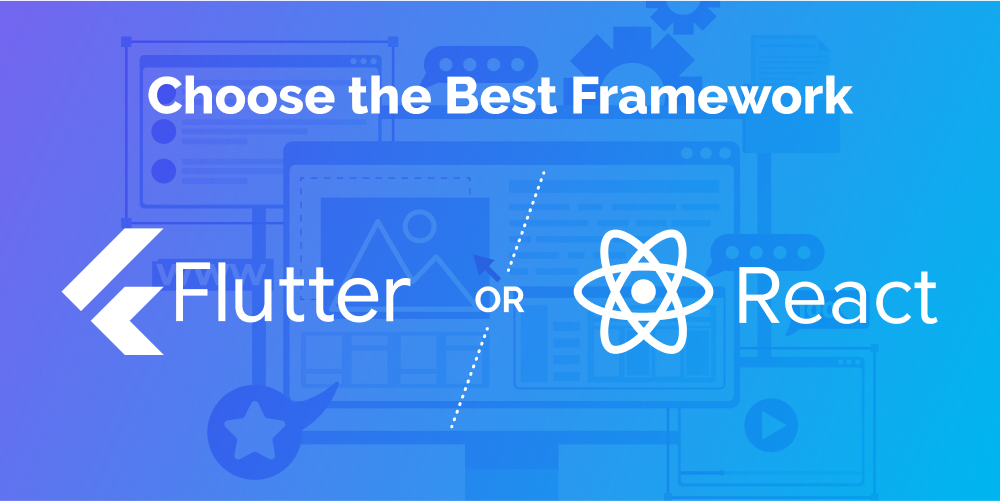
Developing mobile apps requires selecting the right framework. In recent years, two leading options have emerged: Flutter and React Native. This in-depth guide compares these frameworks across key criteria to help you determine the best choice among Flutter vs React Native in 2024 and beyond.
Introduction:
Native-quality iOS development and Android app development require skilled mobile engineering teams. However, frameworks like Flutter and React Native allow building mobile apps using more web-based skills. Both have seen massive growth. React Native powers apps like Facebook, Tesla, and Instagram, and Flutter is used by Alibaba, BMW, and eBay.
This article will compare Flutter vs React Native across crucial factors like performance, architecture, developer experience, etc. We’ll also provide an overview of ideal use cases and sample apps for each framework. Let’s dive in.
An Overview of Flutter and React Native Flutter is an open-source UI framework created by Google for building multi-platform apps. It uses the Dart programming language and provides its widget set and tools.
React Native is an open-source JavaScript framework backed by Facebook for iOS and Android apps. It leverages React concepts, enabling web developers to build mobile apps.
Both platforms allow code reuse across iOS and Android, leading to faster development times and easier maintenance compared to native languages like Swift or Java. Research by Statista indicates that 78% of developers prefer cross-platform frameworks.
Flutter vs React Native: Detailed Comparison
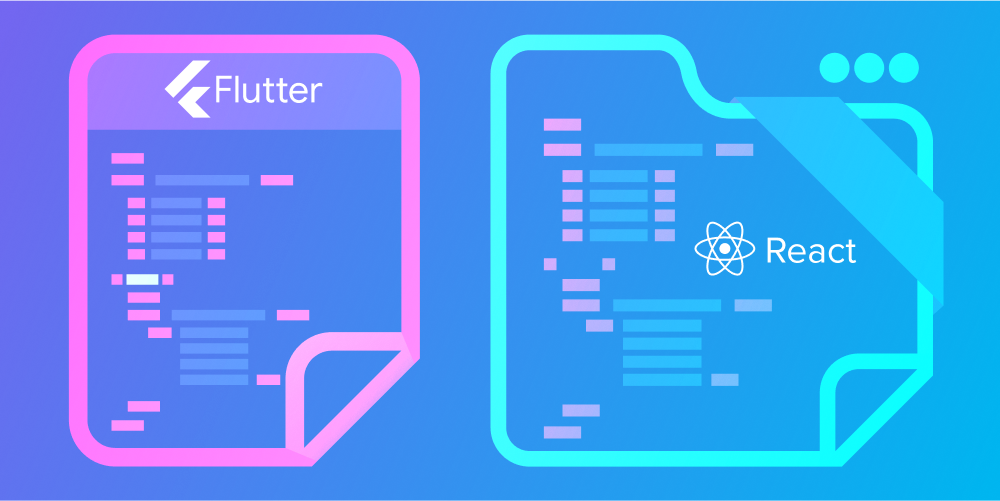
1. Performance
Flutter’s compiled code base results in excellent performance, nearly matching native apps. It provides faster rendering through the use of the Skia graphics library. Complex and scrolling UIs see negligible differences compared to native.
React Native uses a JavaScript bridge that can impact complex animations and gestures. The bootstrap time is also higher compared to Flutter due to the extra layer. However, React Native enables incredibly fast prototyping and acceptable performance for most applications.
2. Architecture
Flutter enforces a declarative, reactive widget-based architecture for a consistent UI. The widget tree makes it easy to visualize how the UI is structured. State management is handled using the built-in StatefulWidget along with providers like Riverpod.
React Native offers more flexibility in its architecture. Components manage their own states, leading to a more imperative programming style. However, this also makes state management more difficult as data is passed through multiple layers. Additional libraries like Redux can help tackle this.
3. Developer Experience
Flutter’s comprehensive widget set, powerful Hot Reload, and robust IDE plugins improve the developer experience. Most of the elements needed to build an app are available out of the box. Less reliance on third-party libraries also minimizes versioning issues.
React Native requires piecing together UI components from various libraries, like React Navigation. Integration with external native modules can also be challenging. However, the React paradigm is familiar to web developers, giving it a gentler learning curve.
4. Documentation
Flutter has extensive documentation available on their site. Widget catalogs, code labs, cookbooks, and API references cover everything from UI design to platform integrations. Dart language samples are also thoroughly documented.
React Native’s documentation is more fragmented across various first- and third-party libraries. However, it benefits from React’s maturity and abundant developer resources. The React Native community is also more established compared to Flutter’s nascent but rapidly growing user base.
5. Installation and Setup
React Native has easier project setup through Expo CLI and Snack’s web-based IDE. It is also simpler to integrate into existing native apps through libraries like React Native for the Web. Flutter plugins for Android Studio and Xcode continue to mature.
Flutter’s installation, especially on iOS, is more complex due to the need to set up Android Studio, IntelliJ IDEA, and Xcode. The Flutter Doctor command also requires resolving multiple dependencies before building iOS and Android apps.
6. Development Time
For prototyping and building simple apps, React Native is often faster to develop. The declarative nature of Flutter and the need to learn Dart require more initial ramp-up effort. However, Flutter’s robust widget set enables quickly building production-quality apps once familiarity is gained.
7. Community Support
React Native enjoys stronger community support as an older framework backed by Facebook. The sheer size of the React community also creates abundant resources. But Flutter is rapidly gaining developers, with over 500K members on GitHub.
Dart usage is also benefiting from Google’s multi-platform push. Familiarity with one codebase across mobile, web, and desktop attracts newer developers to Flutter.
8. Interface Design
Flutter’s declarative widgets lend themselves well to Google’s Material Design system. Building iOS-style interfaces requires more custom widgets or wrappers like Flutterfective. React Native provides basic cross-platform components but generally offers more design flexibility.
9. Testing
Flutter integrates testing into its SDK via frameworks like widget testing, integration testing, and unit testing. Testing code can be written directly alongside app code, enabling test-driven development.
React Native relies on third-party solutions like Jest combined with libraries like the React Native Testing Library. Snapshots help test UI changes, but testing is more fragmented overall than Flutter.
10. Stability
React Native’s maturity gives it an edge in stability across versions. The framework has been production-tested extensively by thousands of apps since 2015. Flutter is still evolving rapidly, so updates may occasionally break existing code as new features roll out.
Top Apps Built With Flutter
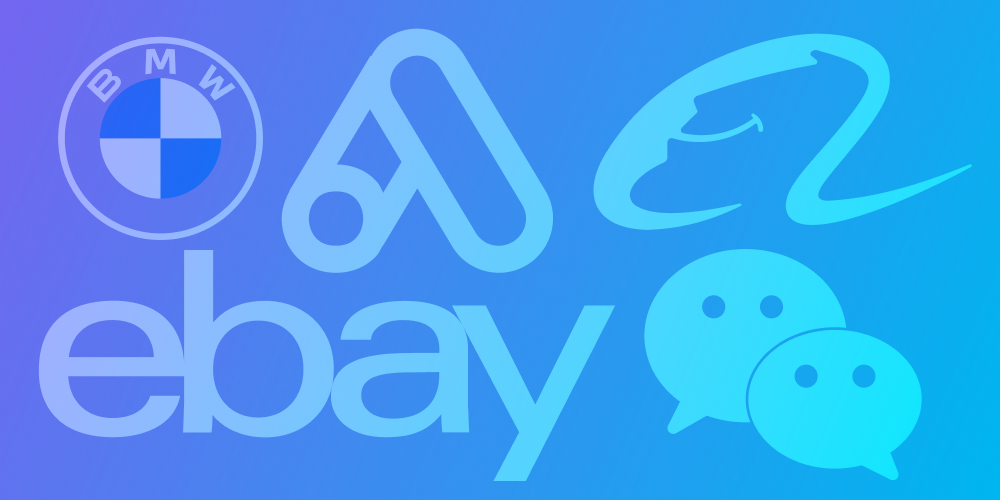
- Alibaba
- eBay
- BMW
- Google Ads
Flutter has gained traction in Asia with Chinese tech giants like Alibaba. It’s also popular for building Google’s own apps, like Google Ads.
Notable Apps Using React Native

- Discord
- Bloomberg
- Walmart
React Native powers mobile apps from leading social, finance, retail, and media companies, showing its versatility.
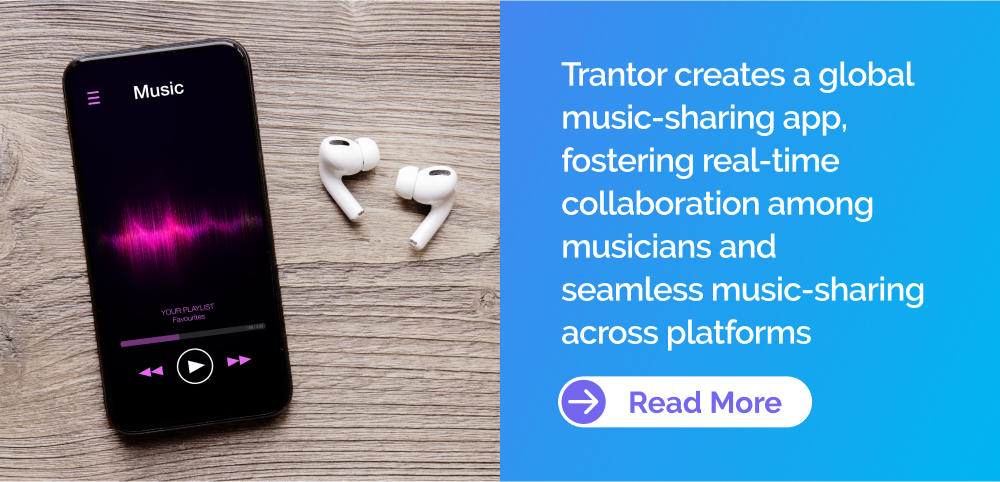
When to Use Flutter vs React Native
Flutter is ideal when you need to build:
- High-performance iOS and Android apps
- Apps with brand-driven custom designs
- Apps that require strong parity across platforms
- Long-term projects where Flutter’s momentum is beneficial
Pick React Native when:
- Fast prototyping is critical
- You want greater control over native modules
- Your team has strong React web skills
- Your app uses extensive third-party libraries
- You require mature cross-platform capabilities immediately
Both frameworks now have stable production capabilities. Evaluate team skills, performance needs, timelines, and target apps to determine the best choice.
The Growth of Cross-Platform Mobile Frameworks

The rising adoption of Flutter, React Native, and alternatives like Xamarin underscores the demand for cross-platform mobile development.
Per Statista, global mobile app revenue will top $935 billion by 2024. Yet native app development poses challenges for enterprises:
- Separate iOS and Android teams with scarce skills
- Codebases that are challenging to maintain
- Slow iteration for multi-platform features
- UI inconsistencies across different mobile OSes
Cross-platform frameworks address these issues with code reuse, faster iteration, and UI consistency. Developers can focus on business logic and UX instead of platform-specific APIs.Research by SyncFusion indicates that 46% of developers now use cross-platform tools rather than native languages. As frameworks mature, this trend will accelerate.
Flutter vs React Native: The Verdict for 2024
For most use cases in 2024, React Native edges out Flutter due to its:
- Proven track record at scale
- Massive open-source ecosystem
- The smoother learning curve for web developers
However, Flutter’s momentum is impressive. Its performance and expansive widget toolkit give it strengths for UI-driven applications.
We expect both frameworks to advance rapidly with upcoming enhancements:
- Flutter:Launch of Flutter 3, multi-platform additions like web and desktop
- React Native:Wider adoption of React Native Fabric, improved native modules
Rather than an either-or choice, companies may leverage both frameworks based on project needs as they continue to evolve.
Conclusion
In conclusion, when it comes to choosing between Flutter and React Native for your mobile app projects careful consideration of your team’s skills, performance requirements, and app functionality needs is essential. While React Native enjoys a strong position in terms of adoption, Flutter offers distinct advantages for brands seeking highly customized designs.
At Trantor, a renowned name in the cross-platform development space, we pride ourselves on delivering top-notch solutions tailored to our clients’ specific needs. Our team of experienced developers is dedicated to staying abreast of the latest industry trends, enabling us to offer expert guidance in selecting the right framework for your projects. We take into account factors such as your team’s expertise, project complexity, and target platforms to make informed recommendations. Whether your priority is achieving native-level performance, creating seamless user interfaces, or pursuing web-app development, Trantor ensures that the chosen framework aligns perfectly with your project goals.
With adequate planning and Trantor’s mobile app development expertise by your side, you can channel your resources toward creating exceptional mobile experiences without being encumbered by the limitations of mobile platforms. So, when faced with the Flutter vs React Native decision, trust Trantor to help you make the right choice that will drive your app’s success in the ever-evolving mobile landscape.
